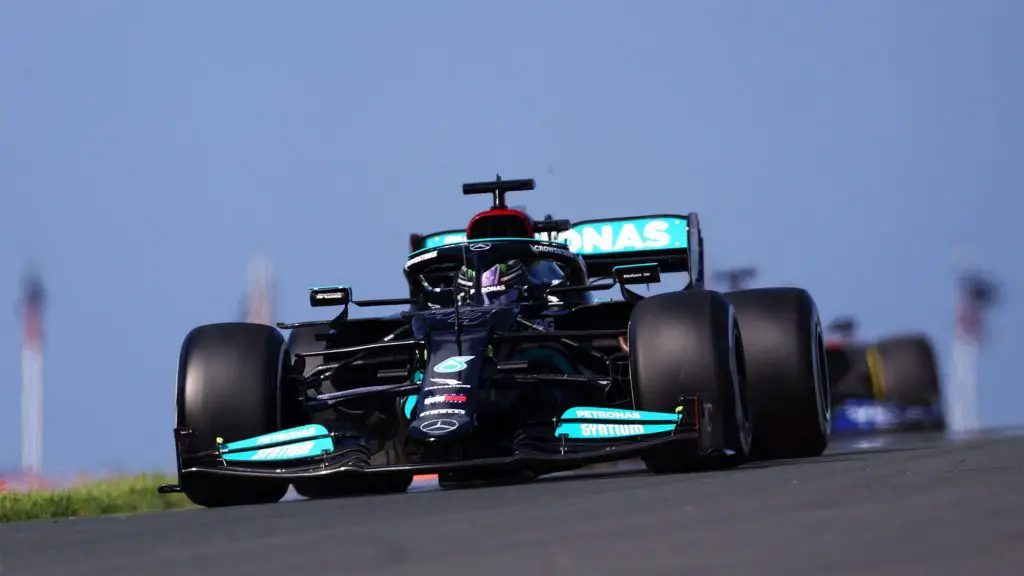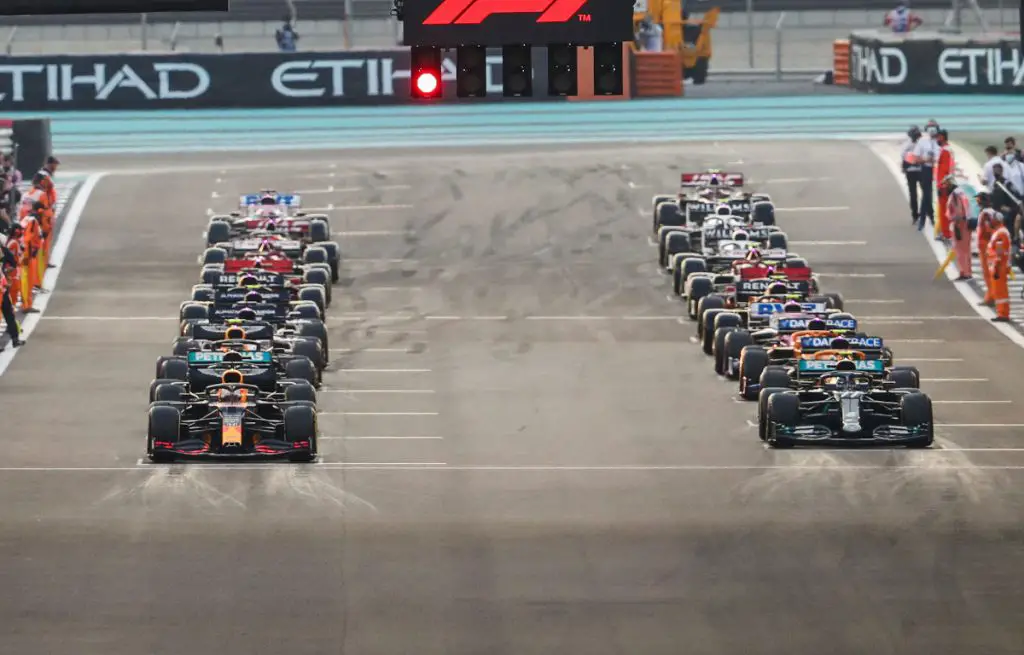How does qualifying work in F1 as racers try to get pole positions
F1 qualifying takes place a day before every race day in a race weekend. The importance of qualifying cannot be over stated as some consider the qualifying day more important than the race day. The qualifying day experiences more drama and aggression than the race day.
Racers always have to be on their toes on the qualifying day and hope to perform upto the best of their abilities. The better you perform at qualifying the better position you’ll get to start the race. It forces everyone to bring out the best as any mistake can cause them a huge loss come race day.
History of F1 Qualifying
Earlier, Formula 1’s qualifying used to be an hour long session where all the drivers were to participate with all the cars running simultaneously and the fastest driver took the number one position on the grid.
This gave the big teams a massive advantage as everyone knows they can splash out the money to make the fastest cars. The qualifying then became just like race days where only big teams used to win.

The qualifying has seen many changes. In 2002 the FIA, made the qualifying a two-hour single-lap shootout, where each driver ran a single timed lap alone. This system also failed as nothing much had changed and the big teams were still favoured. The only excitement came when the driver made mistakes.
Although, things changed in 2006 when the FIA brought in a much complicated yet interesting system for qualifying, which shaped the way of the new age Grand Prix’s qualifying.
How does qualifying work in F1?
F1 Qualifying’s current system is split into three quarters of different time periods. If any car crashes or has to drop out of qualifying they automatically take the last position of the respective qualifying session they got out in.

Qualifying 1
Q1 is of 18 minutes in which all cars participate and all 20 cars on the track look to set the fastest lap time to earn a position in Q2.
The bottom 5 cars represent the slowest on the lap and and as a result are eliminated. The cars who finish 15-20 in Q1 earn the same spots on the grid come race day. There is no limitation on how many laps one can complete, It is totally upto the driver but it has to be within the 18 minutes.
Qualifying 2
The time for Q2 is reduced to 15 minutes from 18. The remaining 15 cars get back on track to set the fastest lap time again. Q1 lap times do not count in Q2. And in the same manner as Q1 the slowest 5 cars are eliminated at the end of 15 minutes. They take the spots 10-15 on the grid come race day.
Qualifying 3
The remaining 10 cars battle off in the last 10 minutes of the Qualifying session. The cars again try to set the fastest time and earn the pole position come race day. Pole position means the the No.1 spot on the grid. The remaining 9 cars are given the positions according to their positions in Q3
More F1 News
- Lewis Hamilton doesn’t support IOC’s decision on Black Lives Matter gear during Olympics
- Max Verstappen left surprised as he reaches 100 race milestone with Red Bull
- Damon Hill left in awe after Lewis Hamilton racks up 100 poles in F1 ahead of 2021 Spanish GP
Follow our dedicated Formula One page for instant Formula One news and updates

